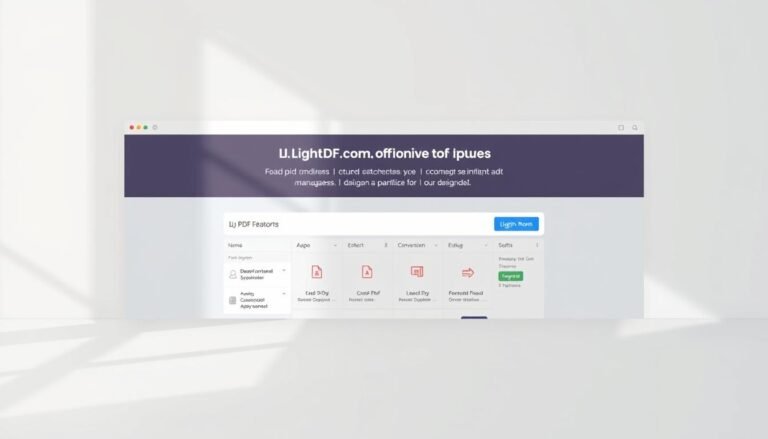Web development is constantly evolving, with new technologies reshaping how we build and interact with websites and applications. As AI, automation, and new frameworks emerge, developers must stay ahead of the curve.
In this article, we explore the key trends shaping the future of web development and what developers should expect in the coming years.

1. AI-Powered Development
Artificial Intelligence (AI) is revolutionizing web development by automating repetitive tasks, optimizing code, and even assisting with UI/UX design. Tools like GitHub Copilot and ChatGPT help developers write code faster, while AI-powered chatbots enhance user experiences.
🔹 What’s Next?
- AI-driven coding assistants will become smarter.
- Websites will use AI for real-time personalization.
- Automation will reduce manual coding efforts.
2. No-Code & Low-Code Platforms
The rise of no-code and low-code platforms like Webflow, Bubble, and Wix is making it easier for non-developers to build complex websites. These tools enable faster development with drag-and-drop interfaces and pre-built templates.
🔹 What’s Next?
- More businesses will adopt no-code solutions.
- Developers will focus on custom integrations rather than basic web design.
- AI-powered no-code platforms will become more advanced.
3. The Rise of Progressive Web Apps (PWAs)
Progressive Web Apps (PWAs) offer app-like experiences within web browsers, combining the best of websites and mobile apps. Major brands like Twitter, Starbucks, and Uber have already embraced PWAs.
🔹 What’s Next?
- PWAs will replace traditional mobile apps for many businesses.
- Enhanced performance, offline access, and push notifications will make PWAs more popular.
4. Web3 & Decentralized Applications (DApps)
Web3 is shifting the internet from centralized to decentralized systems using blockchain technology. DApps (decentralized applications) offer transparency, security, and user control over data.
🔹 What’s Next?
- More websites will integrate blockchain for security and transparency.
- Cryptocurrencies and NFTs will become part of mainstream web applications.
- Privacy-focused development will gain traction.
5. Voice Search & Conversational UI
With the growing use of smart assistants like Alexa, Siri, and Google Assistant, voice search is becoming a crucial part of web experiences. Websites must be optimized for voice-based search queries and conversational interfaces.
🔹 What’s Next?
- Websites will need structured data for voice search optimization.
- Chatbots and virtual assistants will become smarter and more interactive.
- Voice-driven eCommerce will expand.
6. Augmented Reality (AR) & Virtual Reality (VR) in Web
AR and VR are transforming eCommerce, real estate, and education by creating immersive experiences. WebXR technology allows developers to bring 3D environments to browsers without additional software.
🔹 What’s Next?
- AR-based shopping experiences will become mainstream.
- More interactive learning and training applications.
- Virtual meetings and collaboration in 3D web spaces.
7. Cybersecurity & Privacy-First Development
With data breaches on the rise, cybersecurity is a top priority. Web developers must focus on privacy-first design, secure coding, and compliance with regulations like GDPR and CCPA.
🔹 What’s Next?
- AI-driven cybersecurity tools will enhance website protection.
- Blockchain-based authentication will reduce fraud risks.
- Data privacy will be a major selling point for businesses.
8. The Evolution of JavaScript & Modern Frameworks
JavaScript continues to dominate web development, with React, Vue.js, and Svelte evolving rapidly. New tools and frameworks aim to make development faster, modular, and efficient.
🔹 What’s Next?
- JavaScript frameworks will continue to simplify web development.
- More focus on serverless architecture and microservices.
- WebAssembly (WASM) will allow non-JS languages like Rust and C++ to run in browsers.
Final Thoughts: What Should Developers Focus On?
The future of web development is driven by AI, automation, and user experience improvements. To stay ahead, developers should:
✅ Learn AI-powered tools to enhance productivity.
✅ Explore PWAs, Web3, and cybersecurity best practices.
✅ Stay updated with modern frameworks and JavaScript trends.
✅ Optimize websites for voice search and AR/VR experiences.
Web development is more exciting than ever—embrace these trends and get ready for the next era of the web!
External links









